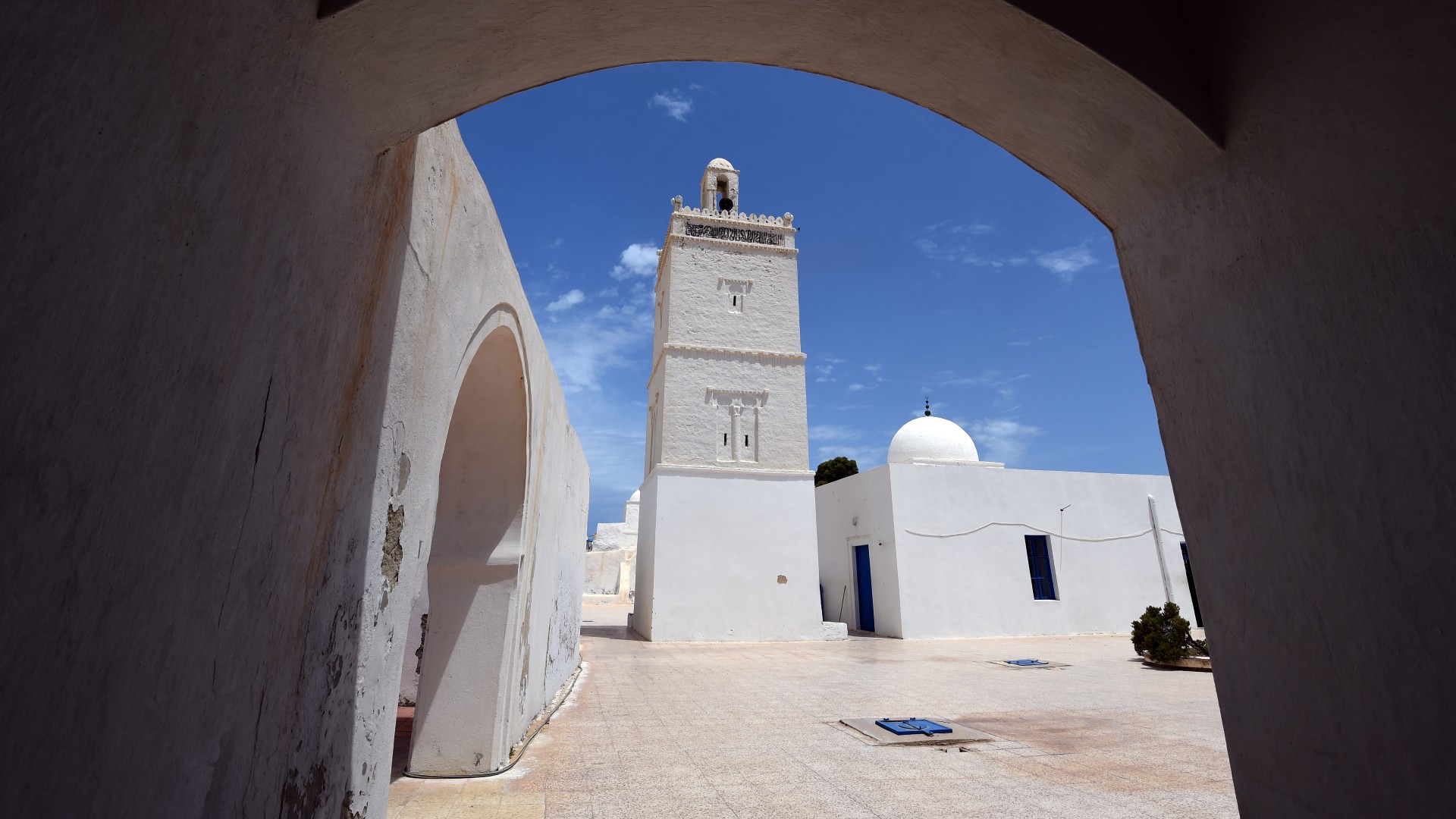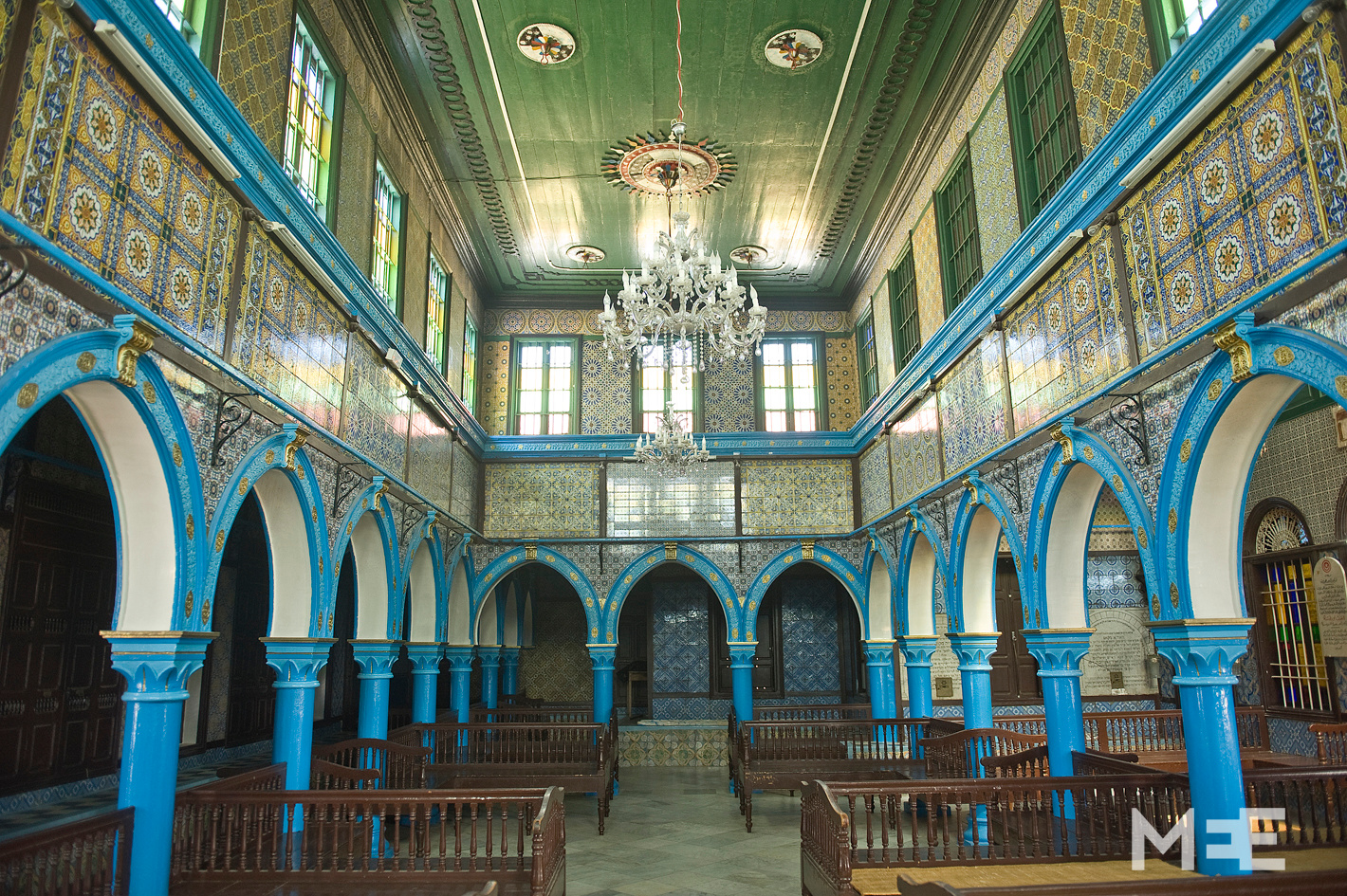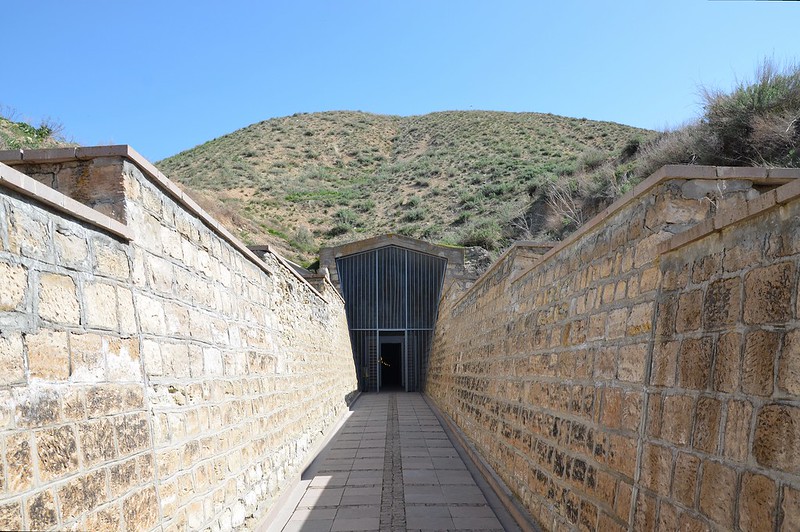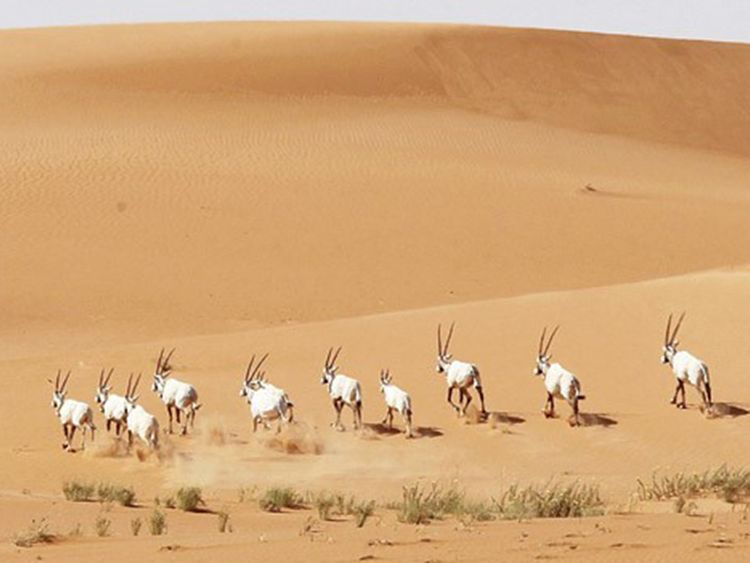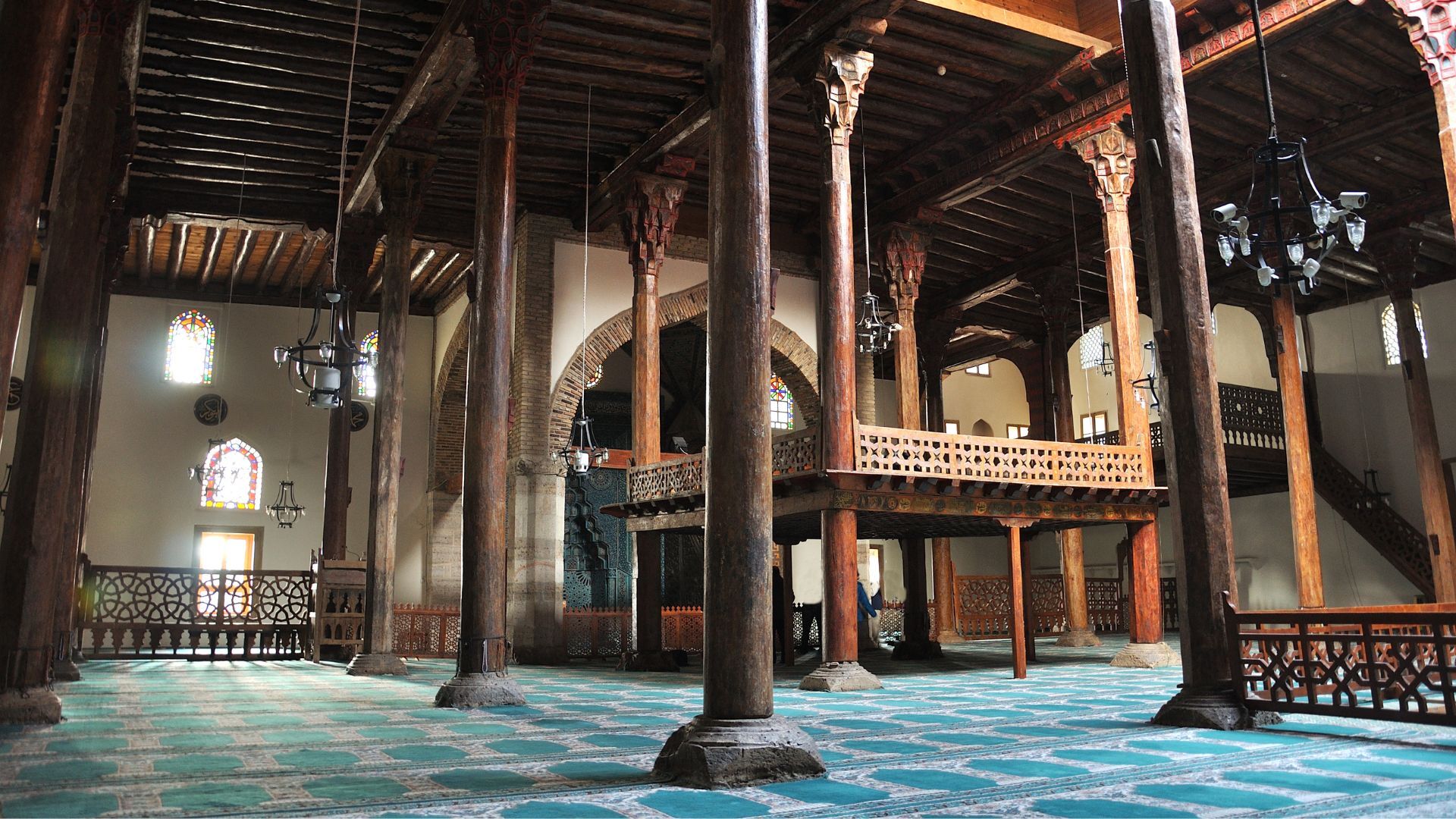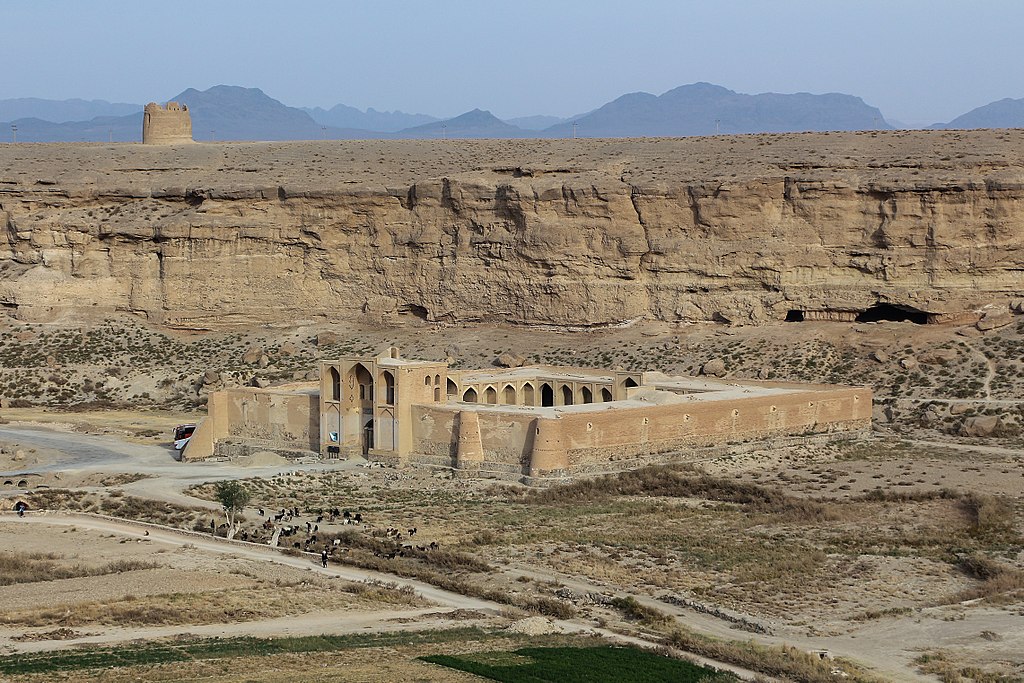The UNESCO World Heritage Committee, which met in Riyadh, Saudi Arabia, last week, added six sites in the Middle East and North Africa to its world heritage list.
The Middle East, a region famous for its cultural and historical importance, has almost a hundred UNESCO World Heritage sites.
The UN World Heritage Committee aims to identify, protect and preserve natural and cultural heritage throughout the world considered to be of extraordinary value to humanity.
Being on the heritage list provides sites with legal protection in the form of an international convention that helps ensure their preservation by local and government authorities.
Here’s a look at the six new area sites added to the list.
Palestine: the ancient city of Tell al-Sultan in Jericho
Declared by the UN as the “oldest fortified city in the world”, the prehistoric site of Tell al-Sultan, located near the Palestinian city of Jericho, dates back to 10,000 BC
An oval mound located in the Jordan Valley, the site features a Neolithic-era tower with an internal staircase dating to at least 8,000 BC as well as archaeological materials dating to the early Bronze Age.
This site dates from before the pyramids of Egypt.
Iyad Hamdan, director general of Jericho’s Ministry of Tourism and Antiquities, said the decision to add the site to world heritage strengthened “Palestinian identity and international recognition.”
Tell al-Sultan is the fourth Palestinian World Heritage Site. The Basilica of the Nativity (birthplace of Jesus), the pilgrimage route to Bethlehem, the old city of Hebron and the village of Battir south of Jerusalem are already on the list.
Tunisia: the island of Djerba
Desert landscapes, beaches and cultivated fields of palms and olive trees as well as the ruins of the Carthaginian and Roman empires make up the landscape of the Tunisian tourist island of Djerba.
Located in the Gulf of Gabès on the Mediterranean Sea, Djerba is the largest island in North Africa.
Its cultural and architectural heritage reflects its religious diversity: ancient mosques, churches and synagogues stand side by side, symbols of religious coexistence.
Every year thousands of Jewish pilgrims attend the 2,400-year-old Ghriba Synagogue.
It is also in Djerba that certain scenes taking place on the planet Tatooine in the saga were filmed. Cosmic Wars and it is considered the mythological island where Odysseus and his companions meet the lotus-eaters (who eat lotuses) in The Odyssey of Homer.
This island is the ninth Tunisian site listed as a UNESCO heritage site.
Türkiye: the ancient city of Gordion
The ancient city of Gordion in Turkey is located approximately 90 km southwest of Ankara and was the capital of the Phrygian civilization that inhabited central and western Anatolia (now Turkey) in Antiquity.
The city consists of three main elements: the Gordion Museum, the tomb of King Midas, one of the oldest wooden buildings on the planet, and the ancient city of Gordion.
It would stand at the intersection of the great Greek and Roman empires to the west and the Assyrian, Babylonian and Hittite empires to the east.
“The Phrygian kingdom was ruled by King Midas, whose wealth was told by stories of his touch of gold, and long after the fall of the kingdom, the Phrygian citadel was closely associated with the triumphs of Alexander the Great at the end of IV .e century BC,” comments the Turkish Minister of Culture and Tourism.
Saudi Arabia: the Uruq Bani Ma’arid reserve
The Uruq Bani Ma’arid Reserve is a windswept sandy desert that is home to many types of plants and animal species.
Covering an area of more than 12,750 km², it is the only major sand desert in tropical Asia and demonstrates the biological and environmental development of Saudi Arabia.
Located along the western edge of Ar-Rub al-Khali (“Empty Quarter”), the reserve is home to 120 native plant species, as well as endangered animals such as the Arabian sand gazelle and the only herd of white oryx in the wild.
Türkiye: the medieval mosques of Anatolia
Five wooden hypostyle mosques dating from the Middle Ages in Türkiye were also added to the list.
Located in the Anatolian cities of Konya, Eskişehir, Afyonkarahisar, Kastamonu and Ankara, these mosques were built between the end of the 13th.e century and the middle of the 14the century
These hypostyle buildings have a distinctive structural pattern consisting of external masonry and several rows of internal wooden columns that support a flat wooden ceiling as well as the roof, UNESCO says on its website.
These mosques bring the number of UNESCO heritage sites in Turkey to 21.
Iran: the Persian caravanserai
Caravanserai were roadside inns for pilgrims and travelers that provided shelter, water and food.
The word “caravan” comes from the Persian words “karvan” (caravan) and “saray” (palace or residence).
A total of 54 caravanserais along Iran’s ancient Silk Road have received UNESCO World Heritage status, providing a significant example of Islamic and Persian architecture and brick decorations as well as a glimpse of the Islamic and Persian culture of the time.
These Persian caravan sites in particular highlight the importance of circulation in the history of the region and its role in the development of world trade and commerce.

